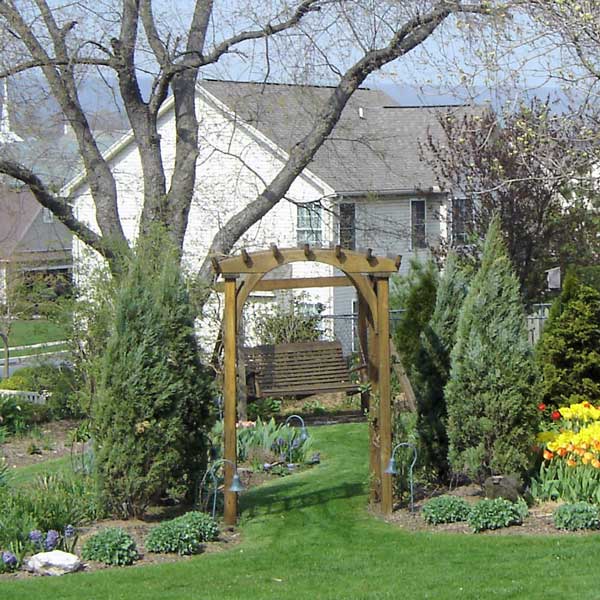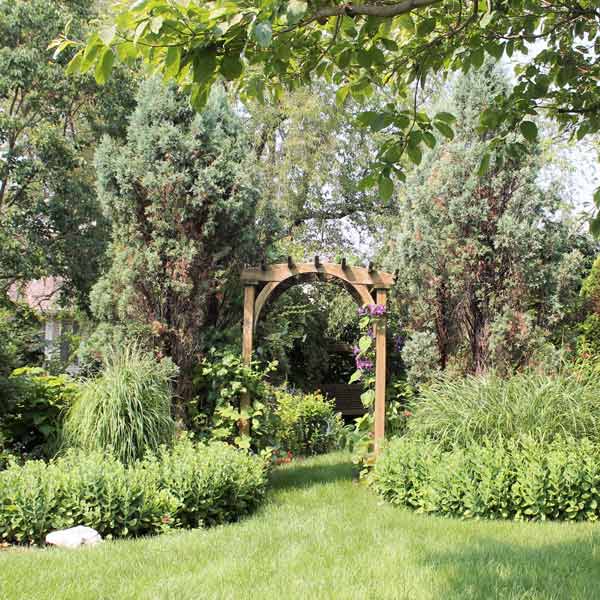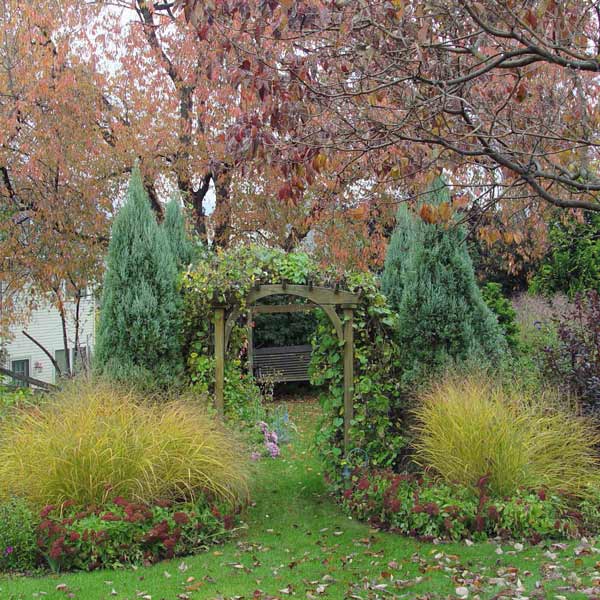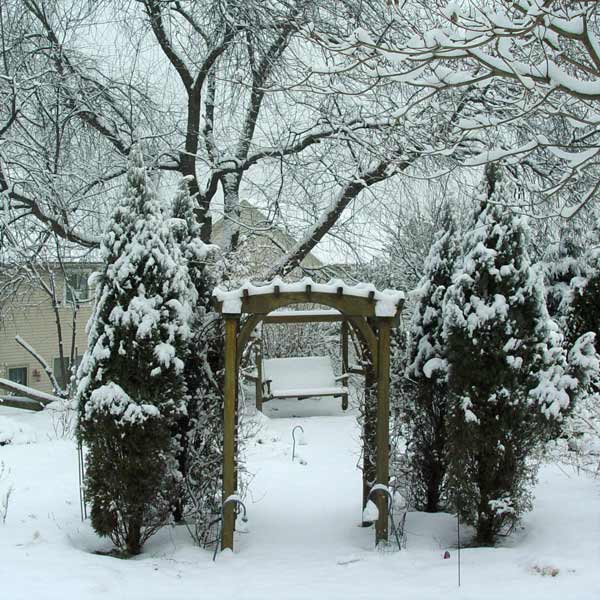Six Landscaping Mistakes to Avoid
It’s easy for things to go wrong in the landscape if you’re winging it, but most of the problems can be traced to six key mistakes. Know those, and you’ll save yourself wasted time and expense.

Tulips, hyacinths, and grape hyacinths add color to this garden in spring. George Weigel
Making the yard look good is fairly easy in spring when plants are in peak-growth mode and lots of trees, shrubs, and flowers are blooming. The job gets a little harder in the back end of the season and harder still during the freezing-weather months in colder climates. Yet with good planning, it’s possible to have an interesting landscape in all four seasons. The heart of this increasingly popular trend is picking a diverse selection of plants – ones that do different things at different times of year, or better yet, ones that have interest in more than one season.
Seven strategies for building a landscape that changes with the seasons but looks good in all:

Grasses and summer annuals take center stage in this same garden in summer. George Weigel
1. Add more variety. Plant more plants of differing types as opposed to using masses of just a few types. You’ll begin to notice more multi-season change and interest just by dumb luck.p
2. Evaluate your seasonal weaknesses. At what points of the year does your landscape lack interest? Purposely add plants that have interest during those gaps, such as fall-foliage shrubs if October is boring or dwarf evergreens if winter is barren.
3. Look for harder-workers. Many favorite landscape plants are one-dimensional plants that peak only for a few weeks out of the whole year. Lean toward choices that do more than one thing in one season. Example: oakleaf hydrangea blooms white in late spring, gets burgundy foliage in fall, then offers cinnamon-colored peeling bark in winter.

Sedum is blooming and trees and grasses have turned color in fall. George Weigel
4. Pay attention to leaf color. Blooms are fleeting, but colorful leaves and needles add interest much longer. In the case of evergreens with blue or golden foliage, that color lasts even throughout winter.
5. Don’t plant-shop only in spring. One reason many yards are spring-and-done attractions is that people think of gardening as a spring thing and do all of their plant shopping then. That usually leads to loading up on plants that look good at purchase time. Shop in different seasons, particularly when the yard needs a boost. See what’s blooming at the garden center, in nearby public gardens, or in neighboring yards then.

The arbor and flanking evergreens are now the prominent features. George Weigel
6. Don’t overlook the hardscaping. Paver walks, stone walls, arbors, fences, benches and other non-plant features of the landscape add structure during the growing season but especially stand out in winter when most plants are off stage.
7. Add dedicated seasonal gardens. In addition to mixing plants with multi-season interest throughout the yard, consider whole gardens that peak in a particular season. Pack each garden with plants that peak in each assigned season, such as a summer garden filled with annual flowers and summer bulbs or a fall garden highlighted with plants that get late-season berries and flashy fall foliage.